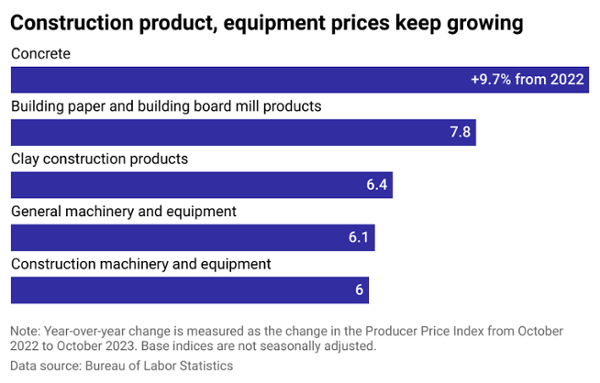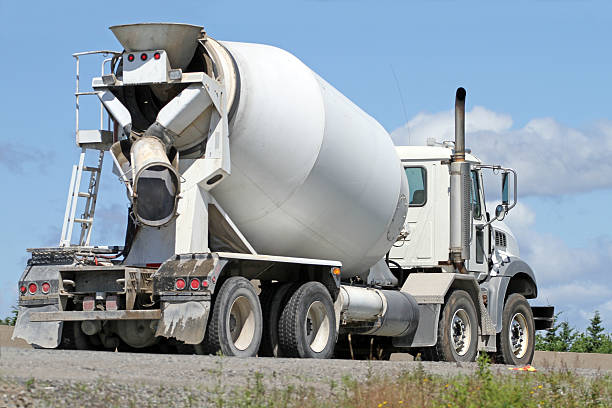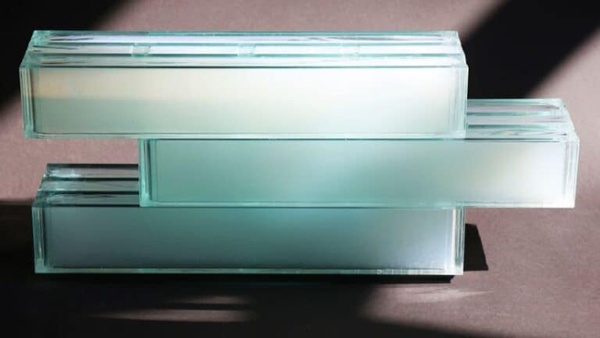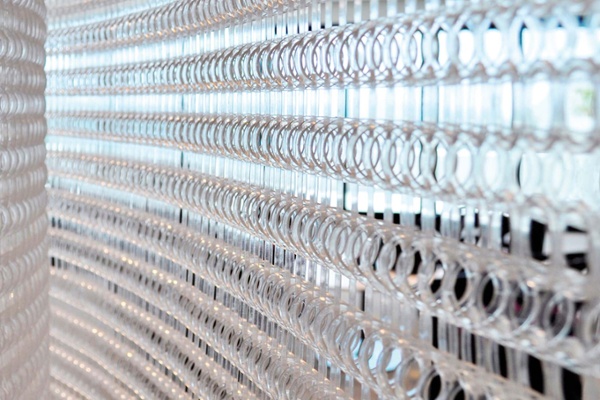After three years of intense growth, costs for some construction materials have begun to normalize — but other materials and equipment are becoming more expensive.
Machinery Partner used Bureau of Labor Statistics data to identify which construction materials underwent the steepest price increases over the past year. The analysis considered 30 products from the BLS Producer Price Index.
The COVID-19 pandemic caused a 39.6% spike in overall input construction costs since February 2020, according to an Associated Builders and Contractors analysis of BLS PPI data. Work stoppages, raw materials shortages, and transportation issues at the height of the pandemic caused supply chain collapses that drove up prices for builders.
As some supply issues have improved, prices have cooled. Nonresidential construction input prices fell 1.1% over the past year, according to an ABC analysis. However, many individual commodities are increasing in price, particularly heavy materials that are more expensive to transport, according to construction cost data provider Gordian
High construction prices, higher mortgage interest rates, and higher labor costs have led to a 17% drop in the construction of new single-family homes despite consistent demand.
Construction projects centered on infrastructure are better positioned as government money from the Infrastructure Investment and Jobs Act comes online. However, the law's "Build America, Buy America" clause requires builders to use American-made iron, steel, and other construction materials for these infrastructure projects. Certain experts and contractor groups fear these infrastructure rules may cause prices to increase even more. The transition to greener buildings also creates more demand — and therefore increases prices — for materials used in more energy-efficient construction.

Inflation has contributed to increased prices for many construction materials, including clay products, per LBM Journal. More megaprojects, including two manufacturing plants in Georgia totaling $6.7 billion, also create more demand, causing price increases.
Higher transportation costs aren't the only element plaguing concrete prices. Its production is a big culprit in..Read More Here




